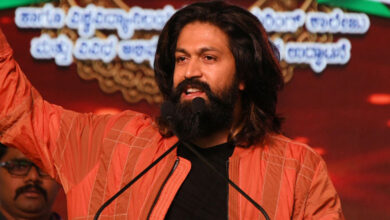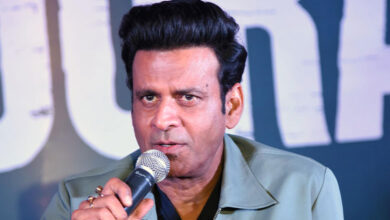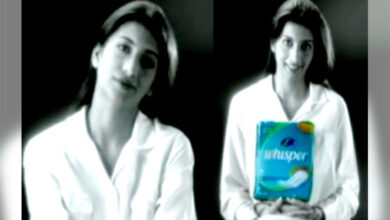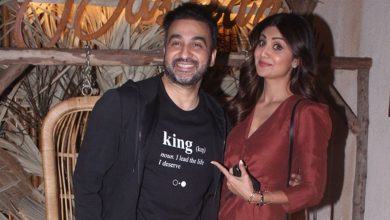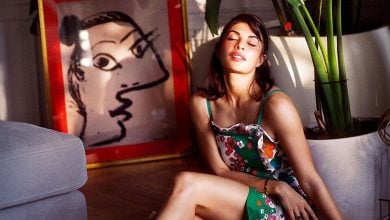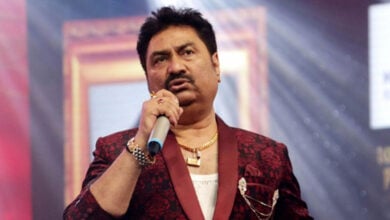How on a moving train, a musical instrument was conceived
The poet, singer and songwriter, who joined IIT Bombay started exploring how and why Indian Instruments sounded different as he started the journey.
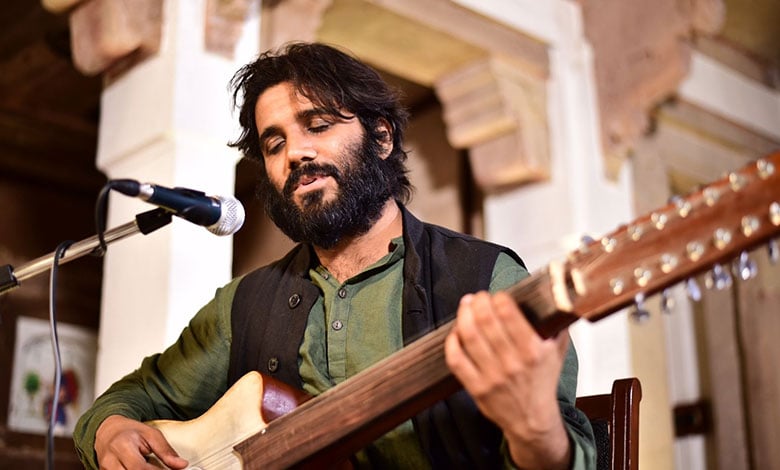
On a long train journey, he was playing the guitar when a passenger wondered why a western instrument and not an Indian one. The journey concluded but the comment refused to leave musician Kavish Seth.
Somewhere it struck a chord with him, as for a long time as he had been grappling with this question. “I had picked up the guitar as I got into college… Indian music was so inaccessible. How will I song-write with a sarod/sitar? How will I play chords with it? Will I have to submit myself to the Guru-Shishya pedagogy to which I did not relate? These questions made me think of making an instrument that would have a timbre similar to the Indian instruments on which I could also play chords of a guitar. Something like a combination of rabab and a guitar, and thus was born Noori,” recalls Seth.
Noori consists of 14 strings and is shaped like a guitar, but with a wooden frame covered in goatskin to produce a percussive sound like a Djembe. This poet, singer and songwriter, who joined IIT Bombay started exploring how and why Indian Instruments sounded different as he started the journey of his ‘Zubaan’ project.
He would collaborate and perform in villages, towns and unconventional venues and started getting exposed to Indian classical music and musicians. “I sat down with Hindustani classical musicians, asked questions to Gurus and referred to different pieces of literature to understand and study the nuances of Hindustani Classical music. The knowledge of the difference between these two schools of music cemented my desire to craft an instrument that could connect the gap between them.”
Smiling that he never thought he would become a musician, considering his qualification, he remembers that after the IIT exam, when he went with his friend to his guitar class, just to try the instrument, what he encountered was something profound. “We were taught how the world works — the law of gravitation, thermodynamics etc, but there was no space for what we feel and think… I decided to pursue it. I was very exhausted by the competition and wanted to connect with myself. Music became a medium of expression — to connect with people, not compete. I just started to get deeper into music. There was an urge to do it professionally. I got hold of something far more precious than IIT, the connection to myself, and I could not let this go.”
Someone who also worked as a manager for his mother Kavita Seth, a playback singer, it did not really take him long to get disillusioned with the film industry. “The music industry is so dependent on the film industry. There was little creation and more manufacturing. Survival in Mumbai leaves very little space for an artist to create. Moreover, films needed songs more as marketing tools and not really as a fine piece of musical artwork.”
Seth, who is part of the ‘Independence Project’ at IFBE, a new art, design and architecture space that has opened recently in Mumbai (previously an ice factory), believes it is very important to have spaces where people can express themselves in cities, not just consume art.
“IFBE is a beautiful space that promises to hold space for expression. Mumbai lacks spaces, where people can meet, share lives and live lives collectively. It is a city that is always on the streets or huddled up in one’s hostel-like house. I like to say: ‘Shehar ko shehar se milne ke liye shehar mein jagah nahi hai’.”

